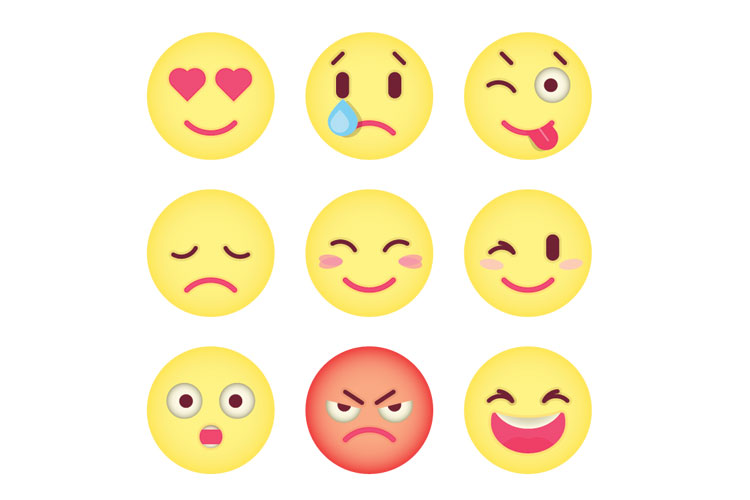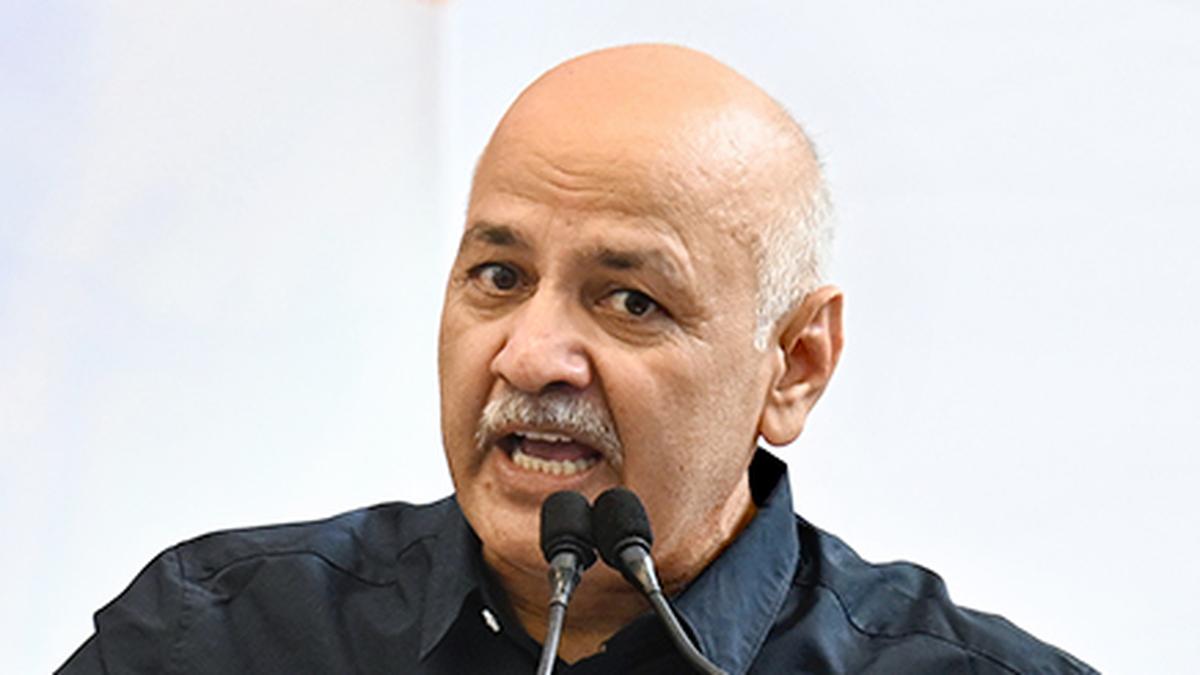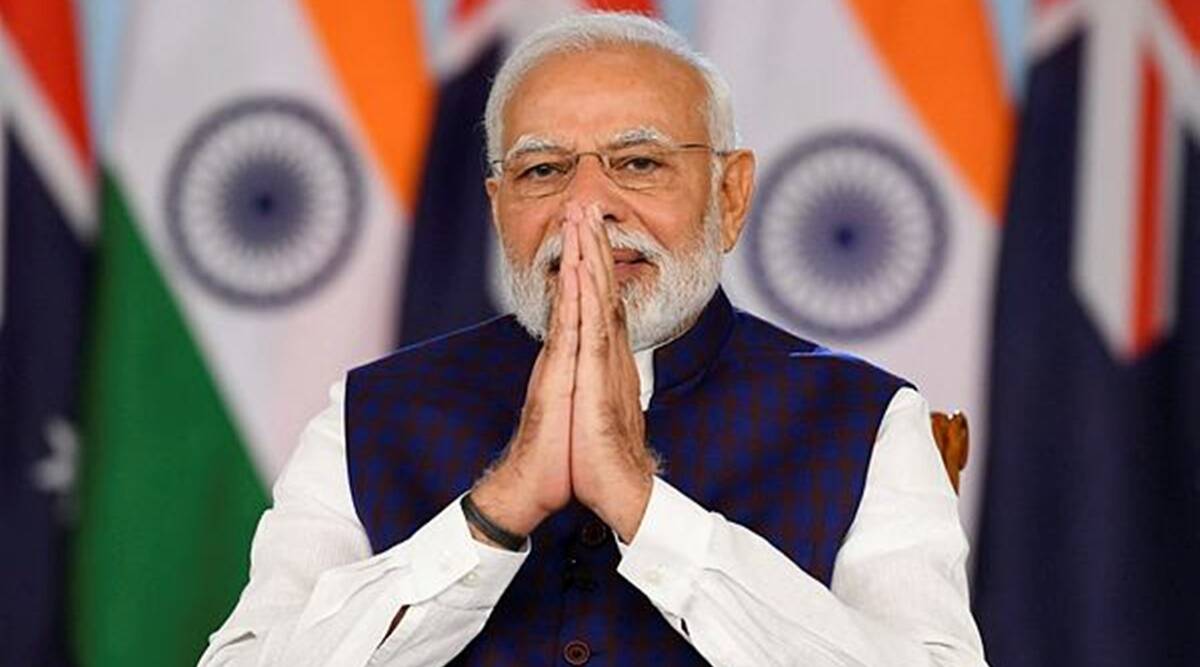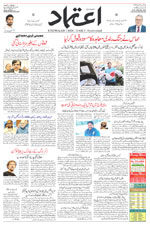People who regularly use emojis have sex on their mind: Survey
Thu 31 Dec 2015, 10:18:17

Are you obsessed with sending emoji icons with every WhatsApp message or Facebook post? Check if sex is on your mind 24/7.
According to an interesting survey, people who think about sex several times a day also use emoji icons the most often. Conducted by online dating website Match.com, the researchers found that something as innocuous as a food item emoji icon can be employed to denote body parts or sex, medicaldaily.com reported.
“(Emoji users) want to give their texts more personality. Emoji users don’t just have more sex, they go on more dates and they are two times more likely to get married,” Helen Fisher, who led the survey told Time Magazine.
The survey involving 5,000 people found that 36-40 per cent of people who think about sex several times a day use more than one emoji in every text. People who never think about sex said they used them less frequently. “Most people who reported thinking about sex once a day said they use emojis but not in every text,” the findings showed.
The group that used emojis the least was those who said they think about sex just once a month. A previous study by Match.com – a
dating platform that serves 25 countries in more than eight languages – revealed more than half of the men and women surveyed used the wink emoji to flirt with a date.
dating platform that serves 25 countries in more than eight languages – revealed more than half of the men and women surveyed used the wink emoji to flirt with a date.
The smiley emoji was the second most popular emoji to help people in courtship.
The previous study also found that 54 percent of singles who use emojis have more sex than the 31 percent of those who just rely on their words.
Another recent study found that eggplants are way more popular than bananas -- at least when it comes to sexually charged emojis used on Twitter.
Analysing more than nine million tweets to figure out which sexually charged emojis and emoji combinations were most popular in the US and Europe, DrEd.com found that the most popular emoji was the smiley face with heart eyes, an image that's more romantic than sexual.
But when it comes to more overtly sexual emojis with phallic implications, the eggplant tops, the study said.
In the US, the eggplant was used about twice as much as the banana. In Europe, though, the reverse was true. In both regions, women preferred the banana, while men preferred the thicker eggplant.
No Comments For This Post, Be first to write a Comment.
Most viewed from International
Most viewed from World
AIMIM News
Asaduddin Owaisi questions PM Modi's China policy
Jan 08, 2025
Owaisi slams UP over police post near Sambhal mosque
Dec 31, 2024
Owaisi hails SC order on Places of Worship Act
Dec 13, 2024
AAP Corporator Tahir Hussain joins AIMIM party
Dec 11, 2024
Latest Urdu News
Most Viewed
May 26, 2020
Which political party will win the Delhi Assembly polls to be held on Feb 5?
Latest Videos View All
Like Us
Home
About Us
Advertise With Us
All Polls
Epaper Archives
Privacy Policy
Contact Us
Download Etemaad App
© 2025 Etemaad Daily News, All Rights Reserved.

.jpg)
.jpg)









.jpg)










.jpg)
.jpg)
















